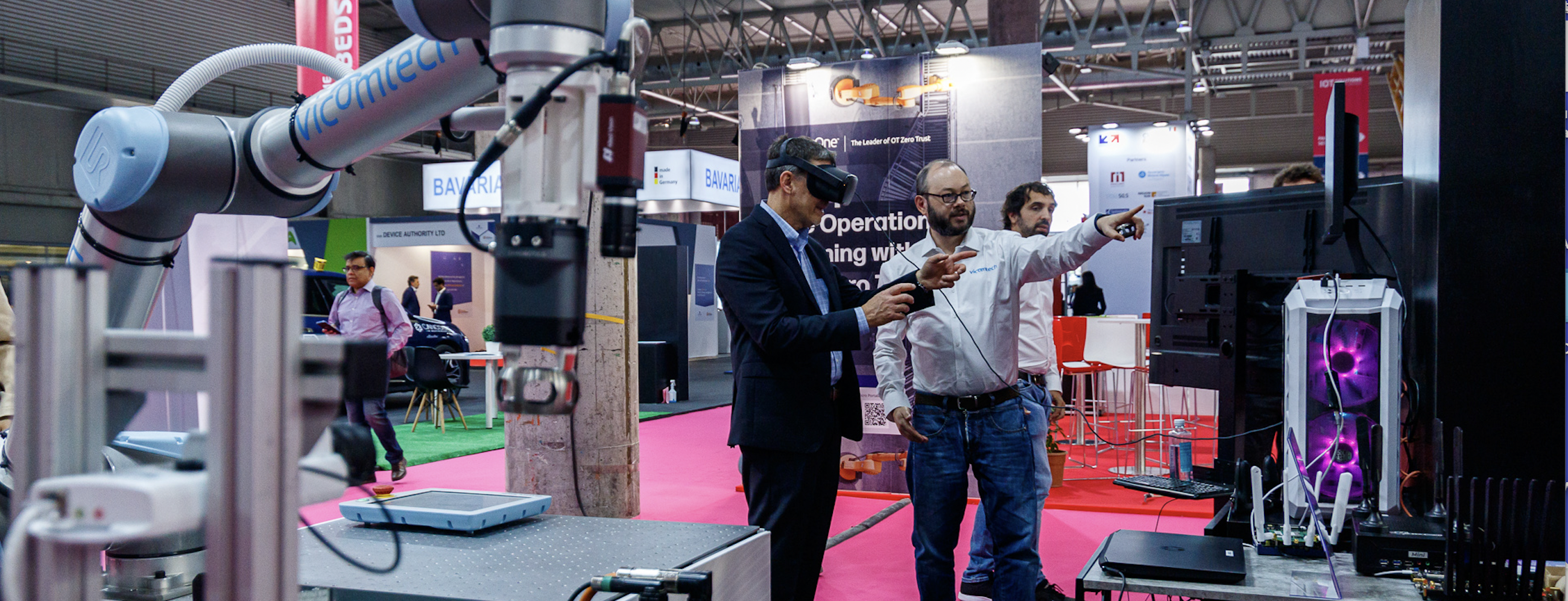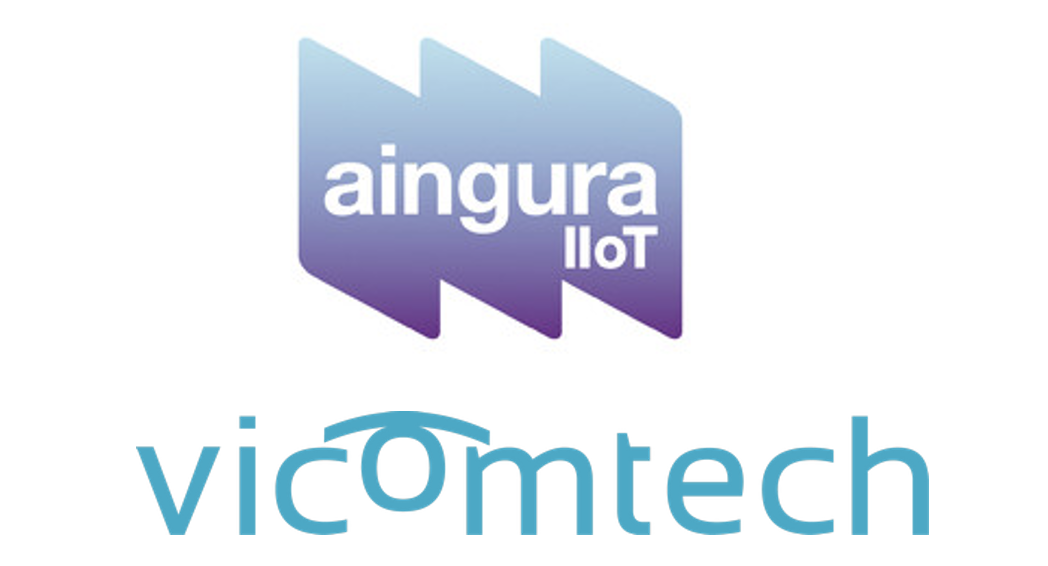
The post-Covid world necessitates remote verification of manufacturing components – in real-time, as they are conveyed across the manufacturing line.
This showcase demonstrates how smart factory components can be remotely verified in real-time on legacy manufacturing lines over 5G. It replicates a real manufacturing line and its components, in the following sequence:
- An Enterprise Resource Planning system which sends the order to a Manufacturing Execution System (MES). The MES launches the manufacturing process, including a conveyer that moves parts and a remote controlled robot.
- A remote operator decides if the part is valid, viewing a live camera image over 5G, and the robot finishes the manufacturing process.
- A Data Acquisition Module communicates with the elements of the manufacturing line to store relevant traceability and process data at a High-Performance Computer.
- This data feeds an Assets Administration Shell-based digital representation of the line elements that are the input for the twin. The twin, including the dashboard, is deployed in a virtual environment viewed by Augmented Reality goggles.
Site: TBD
Download the Use Case Watch the Webinar
Goals:
The outcomes of the showcase are:
- A digital twin of the manufacturing cell that can be manipulated and inspected.
- A realistic demonstrator that includes real-time remote operators.
- Improvements required in the post-Covid manufacturing world, notably operator location flexibility.

Key Players:
Vicomtech is a technological non-profit foundation. Their main mission is to respond to the developmental needs of businesses and institutions, enabling them to confront new financial and social challenges. Aingura IIoT designs and develop cutting edge IIoT solutions for the industry based on data acquisition, pre-processing, processing and managing decision support actionable insights in industrial environments.
A digital twin of the manufacturing cell is created using Oculus VR and deployed in a virtual environment, enabling real-time quality control. Process elements are measured and examined via the digital twin and passed onto machine learning technologies to provide actionable insights.
